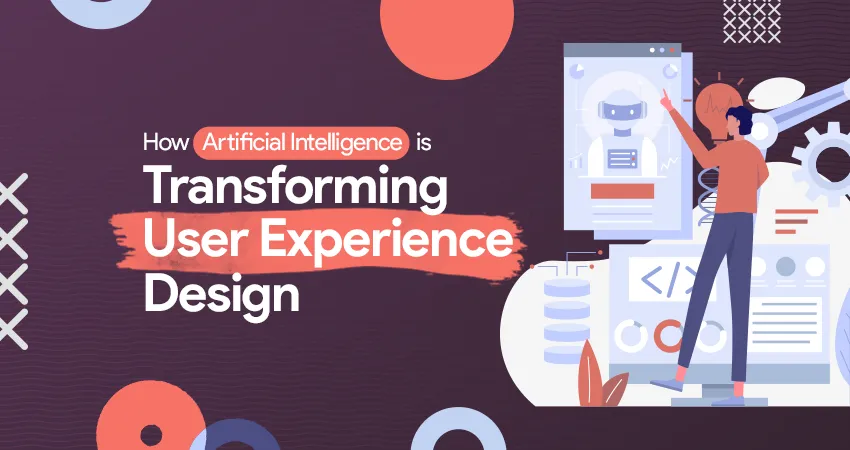How Artificial Intelligence is Transforming User Experience Design

In today's fast-paced digital landscape, user experience (UX) design is more critical than ever. With the rapid advancements in technology, artificial intelligence (AI) is emerging as a transformative force in shaping how users interact with digital products and services. AI’s integration into UX design is not just enhancing traditional design practices but is also paving the way for innovative approaches that promise to redefine user experiences. From personalization to automation, AI is enabling designers to create more intuitive, efficient, and engaging interfaces.
- Personalization and Customization
- AI-driven Personalization: AI algorithms analyze user behavior, preferences, and interactions to deliver highly personalized experiences. This includes tailored content, product recommendations, and adaptive interfaces that change based on individual user needs.
- Dynamic User Interfaces: AI can create interfaces that adjust in real-time, providing different layouts, features, or navigation paths depending on the user's past behavior or current context.
- Predictive Analytics
- Anticipating User Needs: AI can predict what users need before they even know it themselves, by analyzing patterns in data. This predictive capability can enhance UX by proactively offering solutions, content, or features.
- Improving Decision-Making: Designers can use AI to understand potential user pain points or preferences, refining design choices based on predictive insights rather than just intuition or standard user testing.
- Automation in Design Processes
- AI-assisted Design Tools: AI is being integrated into design tools, automating repetitive tasks, suggesting design elements, or even generating entire layouts based on initial input. This streamlines the design process and allows designers to focus on more creative aspects.
- Content Creation and Curation: AI can help in generating content that aligns with user expectations, or curating existing content that is most relevant to the user, making the UX more seamless and engaging.
- Enhanced User Research
- Data-Driven Insights: AI can analyze vast amounts of user data much faster and more accurately than humans, providing deep insights into user behavior, preferences, and potential pain points. This enhances user research and allows for more informed design decisions.
- Sentiment Analysis: AI can analyze user feedback, reviews, or social media mentions to gauge sentiment and identify areas where the user experience can be improved.
- Conversational Interfaces and Voice UX
- Chatbots and Virtual Assistants: AI powers conversational interfaces like chatbots and voice assistants, offering users an intuitive way to interact with products and services. These AI-driven interfaces can enhance UX by providing quick, personalized responses and reducing friction in user journeys.
- Natural Language Processing (NLP): NLP enables machines to understand and respond to human language in a natural way, making interactions more fluid and user-friendly.
- Ethical Considerations
- Bias and Fairness: As AI plays a more significant role in UX, it’s essential to consider the ethical implications, particularly around bias in AI algorithms. Designers must be aware of how AI can inadvertently reinforce biases and work to create fair and inclusive user experiences.
- User Trust and Transparency: The use of AI in UX design raises questions about transparency and user trust. Designers need to ensure that AI-driven decisions are transparent and that users are aware of how their data is being used.
- Future Trends
- AI and Emotion Recognition: Future advancements in AI could lead to interfaces that detect and respond to user emotions, creating even more personalized and empathetic experiences.
- AI in Augmented Reality (AR) and Virtual Reality (VR): AI will likely play a crucial role in AR and VR experiences, guiding users through immersive environments and enhancing interactions within these spaces.
The integration of AI in UX design is revolutionizing the way digital products are created and experienced. By leveraging AI's capabilities, designers can create more intuitive, personalized, and efficient user experiences. However, this transformation also comes with challenges, particularly in ensuring that AI-driven designs are ethical, transparent, and inclusive. This topic provides a rich exploration of the current and future impact of AI on UX design, offering valuable insights for both designers and technology enthusiasts.